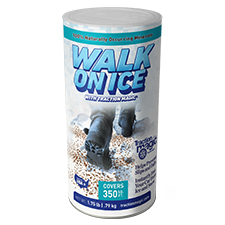Why Rock Salt Is A Bad Choice For Your Roof Shingles?
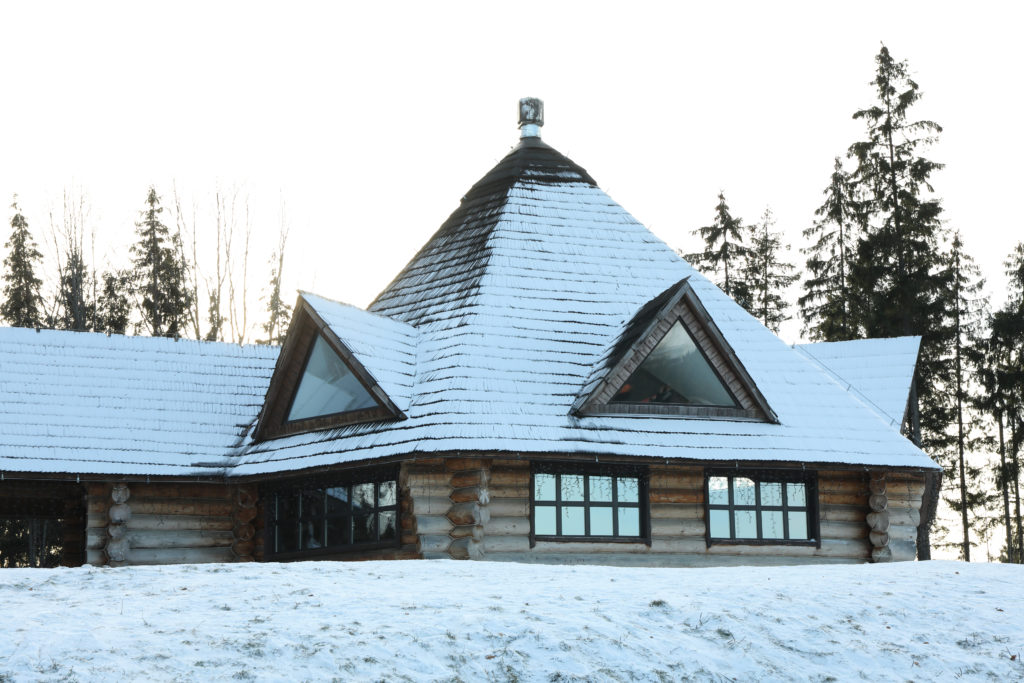
Though a roof covered in snow may look picturesque, the weight of the snow may quickly cause damage to the shingles and turn an otherwise safe scenario into a potentially hazardous one. During the winter, snowfall and the freeze/thaw cycle will cause icicles and ice dams to grow on your roof. Ice dams can ruin a roof, gutters, shingles, insulation, and even drywall if you do nothing to prevent them.
It’s practically difficult to avoid ice dams, but there are ways to get rid of them without risk. For example, roof shingles are susceptible to damage by accumulations of ice. However, removal is risky and should only be performed by trained professionals. Furthermore, there are a variety of ice-melting techniques that can cause more harm to your roof than good. For example, ice melt blocks for the roof are used on shingles, but they contain toxic salt that can damage your rooftop. Hence, it is vital to understand how to melt roof ice safely without any damage.
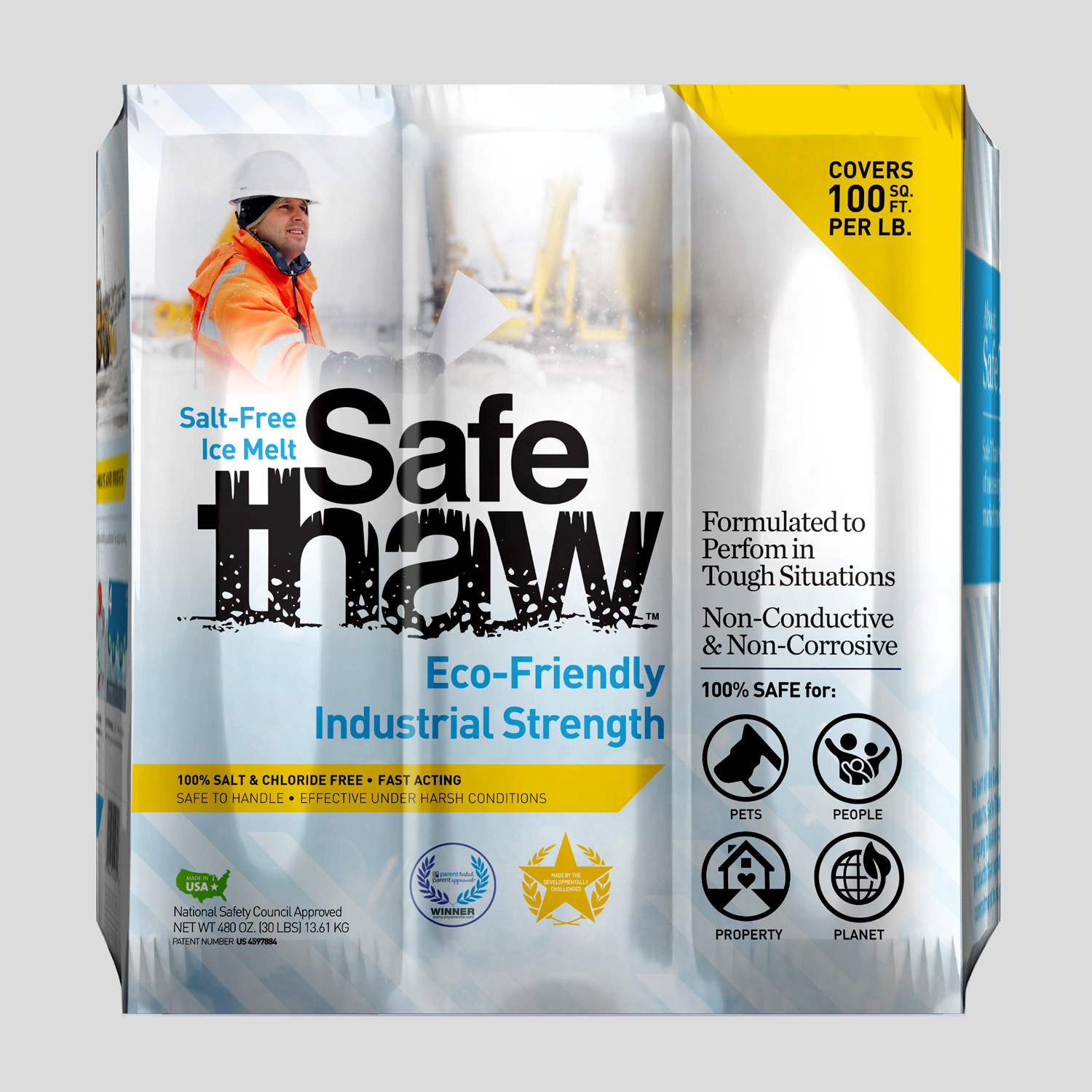
Safe Thaw
Safe Thaw was created as the ice management solution for tough winter environments. Ideal in commercial and industrial properties, shops, government agencies, bridges, and construction.
Melting ice on your roof is essential to prevent damage. Here are some effective methods:
- Use a Roof Rake: A roof rake with a long handle allows you to safely remove snow from your roof, reducing the chances of ice buildup.
- Install Heated Cables: Roof heating cables, also known as heat tapes, can be installed along the eaves and gutters to prevent ice dams.
- Apply Roof-Safe Ice Melt: Choose a roof-safe ice melt product specifically designed for use on shingles and roofing materials. Safe Thaw is an excellent option, as it’s non-toxic and won’t harm your roof.
Are Salt-Based Ice Melt Blocks Safe For Your Roof Shingles?
Although rock salt can be used to melt snow and ice, it is not very effective because it can only melt ice at temperatures above 20 degrees. In addition, melting a large ice dam will require several pounds of rock salt, which is unfeasible. Corrosion of metal roofing, gutters, and other roof metal components can be caused by salt. Salted water dripping from the roof during the spring thaw will kill nearby vegetation.
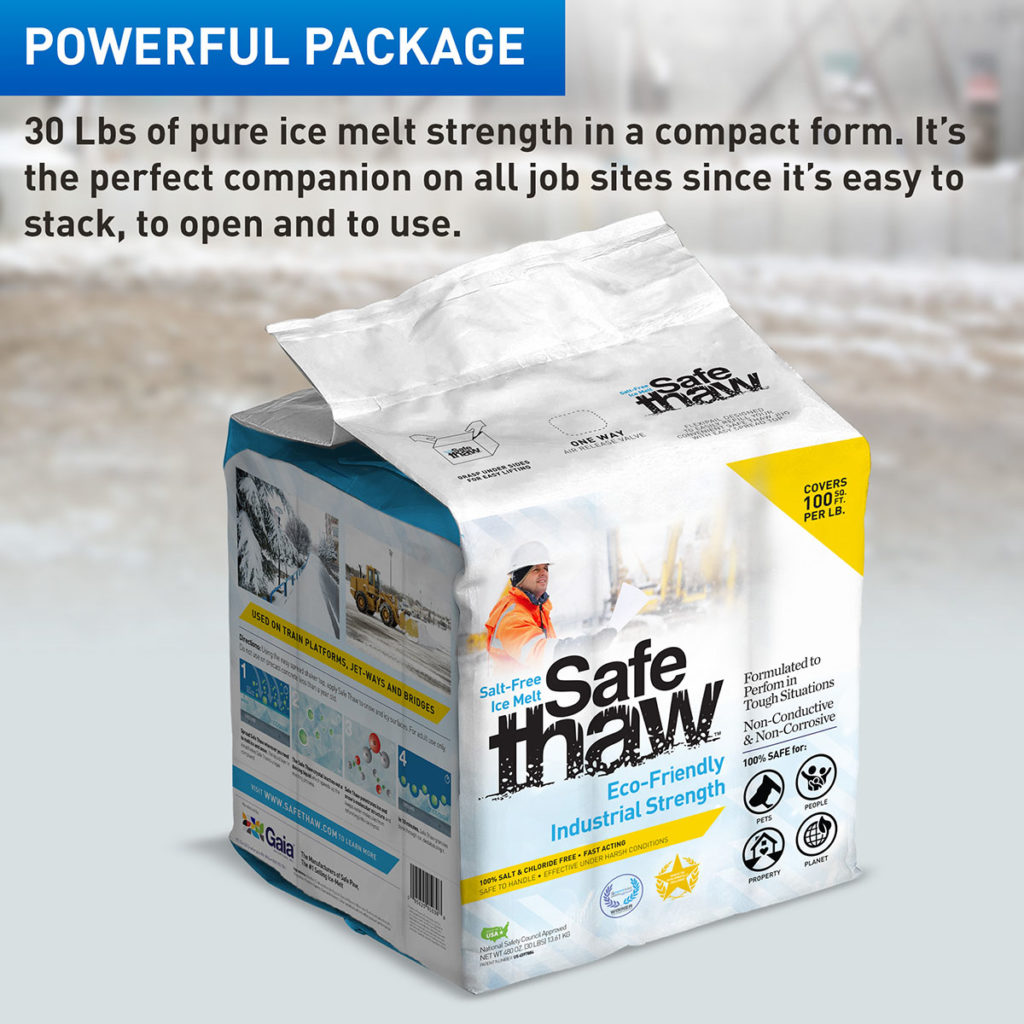
Safe Thaw
Safe Thaw was created as the ice management solution for tough winter environments. Ideal in commercial and industrial properties, shops, government agencies, bridges, and construction.
Sodium chloride, magnesium chloride, and other compounds are commonly found in rock salts and are exceedingly corrosive. Although these chemicals are great for melting ice, they may also quickly chew through your shingles. As a result, leaks and other problems might result from shingles that have been damaged.
De-icing salt can flow into your gutters and onto your siding once the ice melts. Your siding, channels, and downspouts are just as vulnerable to chemical damage as your roof is to the shingles. Suppose your gutters begin to divert water to the wrong places. In that case, it can cause serious issues, including leaking and foundation cracks. Your driveway, walkway, front, and porch are all at risk from the runoff. There is a high probability of shingle damage if you don’t invest in suitable roof ice melt treatments.
How To Melt Roof Ice With Safe Thaw?
Many businesses are looking for ice melt products that won’t harm their property and the surrounding environment. Safe Thaw is built to prevent damage to your roof and flooring. It’s the most excellent option if you don’t want to risk causing damage to your roof.
Safe Thaw’s traction agents keep your employees and customers safe from slipping and falling. The modified crystal compound it employs has a long-lasting effect for more than three days. In addition, it is guaranteed to be wholly salt-free and safe to use because of its natural ingredients and glycol. Finally, using an appropriate ice melt for roofing shingles can prevent damage to the brickwork and gutters.
100% salt & chloride-free, fast acting Ice Management Solution
Conclusion
By choosing the right roof ice melt products and following these tips, you can effectively manage ice and snow buildup on your roof, ensuring the safety and integrity of your home during the winter season. Safe Thaw’s non-toxic formula is an excellent choice to protect your roof and the environment while keeping your home free from ice-related problems.
FAQs
Try Also Our Other Winter Safety Products:
Traction Magic
Stay safe on slippery surfaces with a product that’s 100% natural and safe for pets, people, and your property. Whether it’s sidewalks, steps, or even your car’s traction, Traction Magic is the go-to choice.
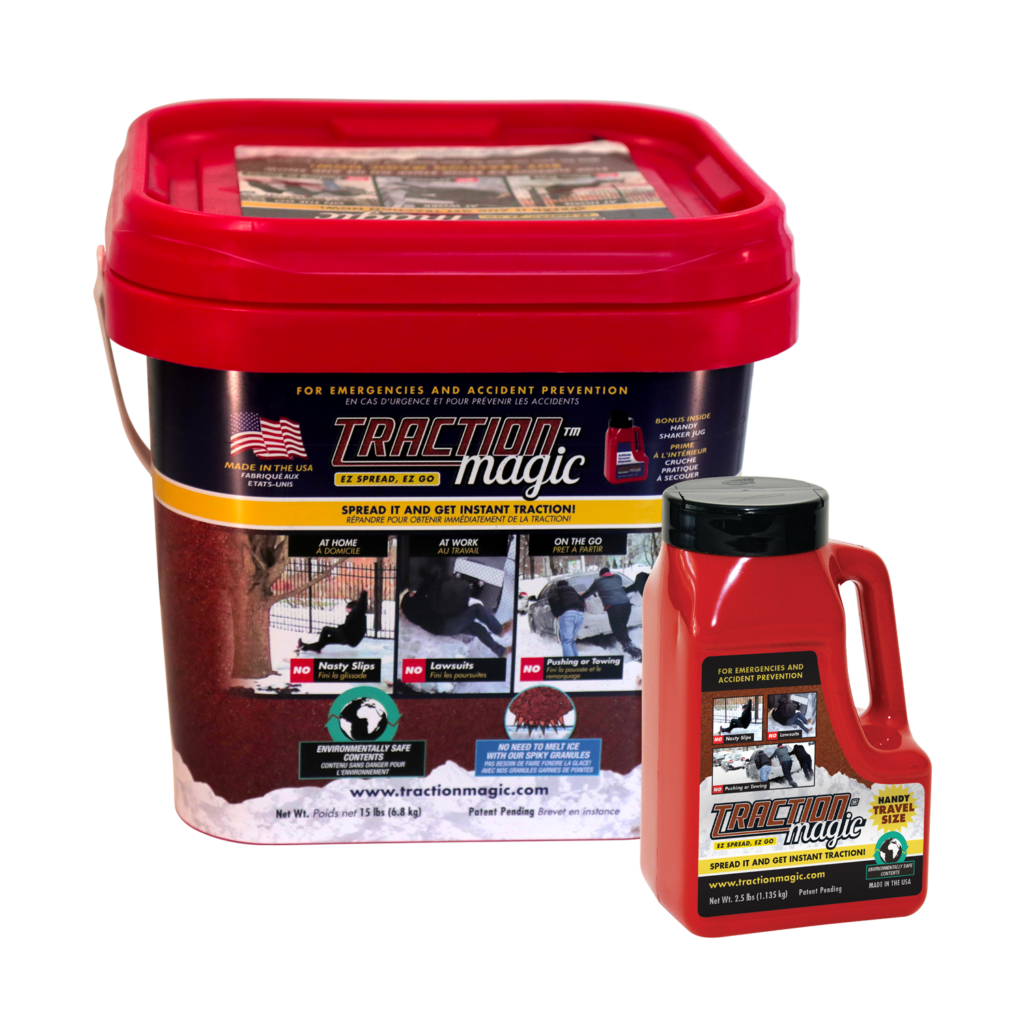
Walk On Ice
The handy disposable canister can be taken everywhere, with the same 100% naturally occurring minerals that provide instant traction on ice or snow. Use it on sidewalks, steps, or as an instant traction agent for your car.
